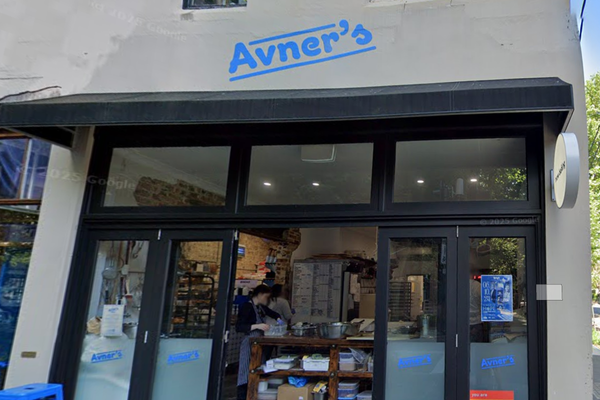
Even if you don’t know their name, you’ve probably heard of the Nadesalingams: the family of Tamil refugees living in the small Queensland town of Biloela, whose dramatic seizure by border police in 2018, incarceration on Christmas Island and fight against deportation to Sri Lanka made national headlines.
Back to Bilo, premiering as part of Brisbane festival, dramatises this story and the successful grassroots campaign by members of the Biloela community to bring the family home, using the words of the people involved as well as news and documentary footage.
The team behind the show, Belloo Creative, are plain about its purpose. In a coda to the performance, the actors tell the audience that roughly 7,500 asylum seekers on temporary bridging visas risk the same hellish experience as the Nadesalingams, and urge us to take action.
It’s not the first time verbatim theatre has been used to tell asylum seekers’ stories: since the early 2000s in Australia alone there have been numerous plays, including Nigel Jamieson’s In Our Name and Ros Horin’s Through the Wire.
Verbatim theatre can be a powerful medium for advocacy, platforming the voices and emotional lives of people whose humanity is too often obscured by the fog of statistics or deliberately stripped in political rhetoric. The Nadesalingam family are a different case, however: not only was their story widely reported, but they have shared their experience, in their own words, through two episodes of ABC’s Australian Story (the most recent of which aired in August) and a book. What does this show do that the other formats have not?
Most obviously, Back to Bilo gives the story more space – 70 minutes according to the program, but just over 60 by my count. Playwright Katherine Lyall-Watson, drawing from interviews conducted by herself and others, uses this time judiciously, though as the production (directed by Caroline Dunphy) cracks through at an often breakneck speed, it can feel like a rush. Early on, Priya (played by Leah Vandenberg) and Nades (Matt Domingo) talk about their lives in Sri Lanka and their journey to Australia; how they came to meet, fall in love and marry, and the gentle joys of life in Biloela before March 2018. We laugh with Priya and Nades; we identify with them. It widens a media story that was often focused on trauma, and does the important work of bonding us to these people.
Back to Bilo is also the story of the people who successfully fought for almost four years to bring the family home. Most of these are no-bullshit country women who – as they tell us – take care of their own. They’re easy dramatic fodder. Lyall-Watson also weaves in the story of Vashini Jayakumar: a former Biloela resident and friend of the Nadesalingams, and a fellow Sri Lankan Tamil refugee, who played a key role in advocating for them after their seizure – even while she herself navigated the precarity of a temporary bridging visa.
An early sequence features prerecorded footage of Vashini (also one of the show’s consultants) talking about her journey to Australia via boat as a teen. And while it feels incongruous and disorienting at the time, it eventually pays off: in show’s coda, we learn that while Vashini now has Australian citizenship, her husband Riswan (with whom she has three Australian-born children) could be deported back to Sri Lanka at any time. (There’s no reference in this coda to the deportation laws passed the day after the show opened – laws that Vashini has advocated against. Maybe this will be added for future seasons?)
It’s with these peripheral characters that Back to Bilo stakes the most persuasive and urgent claim for its existence: to remind us of the bigger, unresolved problem, and of our democratic power. If a handful of women with no advocacy experience can orchestrate a campaign that changes government policy, what’s stopping the rest of us?
This point hits home when footage of one of the early vigils is projected onto the set and we see that it’s mostly older women – mirroring the audience at the weekend matinee I attended and at most state theatres in Australia. In a later scene, electric candles placed throughout the audience light up, bringing us into a vigil on stage; inviting us to pick one up, get involved.
Other attempts to tap into the unique power of theatre are less successful. Musical interludes featuring a performer singing in Tamil don’t always gel with the rest of the show. Scenes with Vandenberg and Domingo, who are excellent, nevertheless suffer by comparison to the documentary footage of Priya and Nades, who are well-known and compelling advocates for their own story. Toggling between two different versions of these characters throughout the show feels disorienting and distracting.
If Back to Bilo doesn’t entirely cohere as a piece of theatre, it is nevertheless a compelling story and a reminder of the extraordinary cruelty still being exercised in our name – and the power of protest.
Back to Bilo is on at Bille Brown theatre, Queensland Theatre until 16 September as part of Brisbane festival







